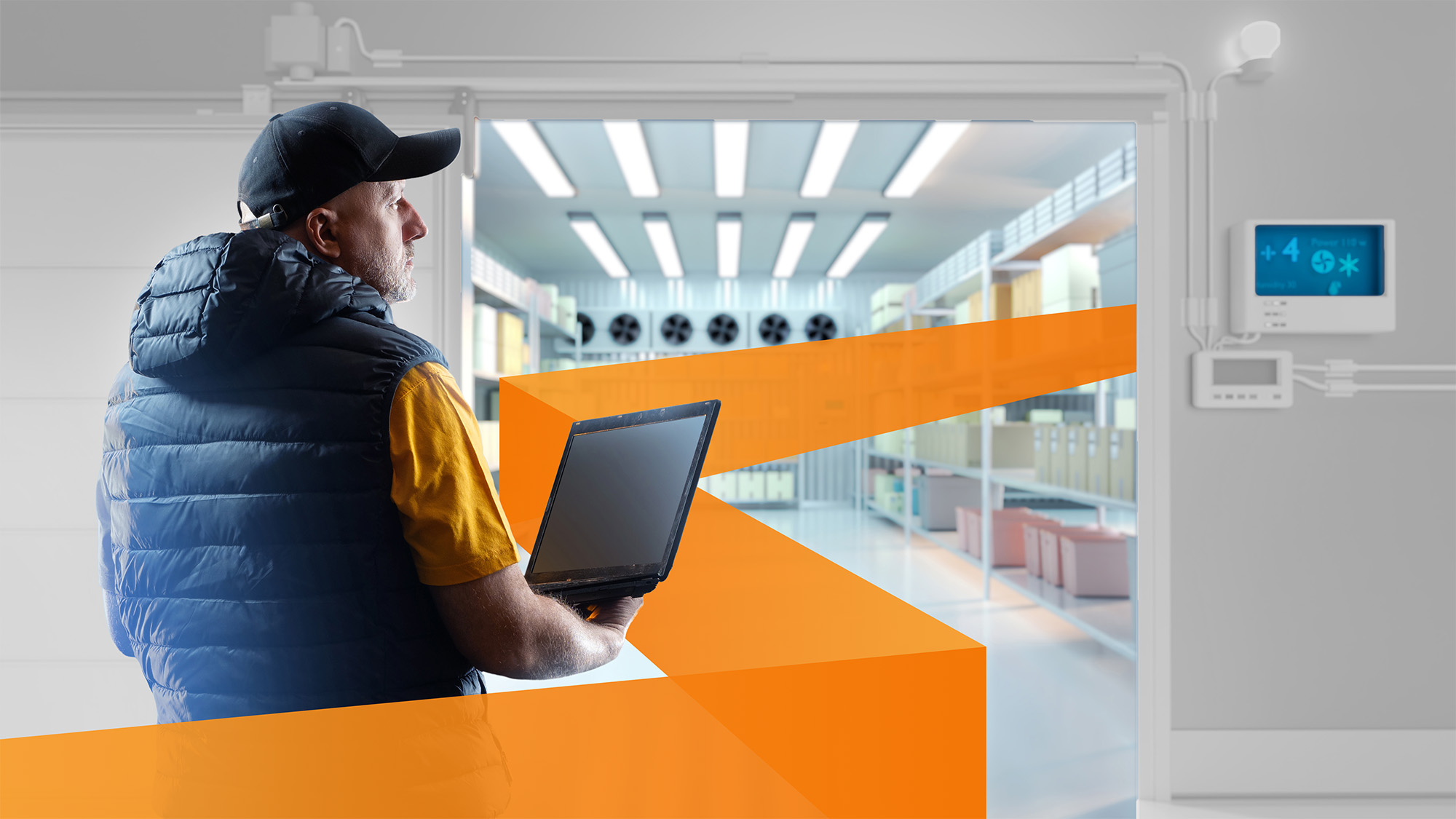IT and facilities teams (also known as Operational Technologies or OT) are twin siblings born of separate mothers. They work side by side, supporting the same people and business operations but rarely interact. New technologies and business demands are creating collaboration opportunities worthy of hero status.

Laptops versus Thermostats
We had buildings way before the first computer. If an IT engineer’s world is servers and networking, the facility engineer’s day revolves around things like keeping the lights on.
The Internet of Things (IoT) brings traditionally non-IP applications into the IP world. This is great for OT because their world is hardware heavy: physical security, theft prevention, office planning, lighting, and environmental controls. These systems are difficult to change and management controls are often are not IP-based.
IT has learned to capitalize on software which is agile and changes quickly where hardware cannot.
This is where the conference rooms come in.
Did someone say “Office Space”?
One of OT’s responsibilities is office planning: how many people are in the building and when and where. Walking around all day won’t work and occupancy sensors are inaccurate. That’s a problem for a facilities team evaluating how office space is being used.
IT, however, knows precisely how many devices are connected to the network, maybe location too. For OT, this is a treasure trove of information.
Say we’ve got an office configured for 150 people. Most days there are 80 people but conference rooms are always booked. Maybe the rooms are booked by one person wanting privacy for a phone call. There might even be people using the conference rooms without booking. This makes it hard for OT to judge the most effective use of the space. It might be time to implement a hot desk policy and use the extra space for badly needed conference rooms. Using analytics and location analysis, IT can tell OT where the people are and what they’re doing.
Is it just me or is it hot in here?
If the facilities manager knows when and where people are, they can make better decisions on when to turn off lights or how much to adjust the temperature. This creates happier employees (the heat stays on when people work late) and saves on energy bills by shutting off unused systems when they’re not—which makes CFOs happy.
The Ins and Outs of Buildings
We’re all familiar with using badge readers to gain entry to a building. Not every facility manager has this option, however. They’re stuck with physical keys and on a first name basis with their local locksmith. Some very large sites (like school districts) have locksmiths permanently on staff. For the cost of having a locksmith rekey a door 2 or 3 times, they could invest in programmable door locks.
IoT converts slow-to-change hardware into agile software-driven systems.
Badge entry systems have other limitations. They report when someone enters the building but tailgaters—who follow someone else in without using their badge—aren’t counted. Facilities is just as interested in wholeaves as enters, too. Systems that force every employee to use their own badge for entry and exit work but are expensive. But if employee badges have IoT asset tracking tags, IT knows exactly who’s on premise and how they are using the space.
Don’t Let the IoT Explosion Blow Up in Your Face
Each IoT system has its own gateway for management and control. To really tap into the power of IoT will involve more than one system—which doesn’t talk to others. Organizations get filled with isolated IoT systems and that IoT explosion becomes a big mess with IT left holding the mop when the party’s over.
Ruckus IoT Suite is an IoT controller for multi-vendor IoT networks. No new cabling is required because the IoT traffic rides over existing infrastructure (switches and APs). New systems can be rapidly deployed or tested by adding them into the existing IoT controller with less effort Even better because the systems converge in a single place, the IoT controller has visibility everywhere and can trigger actions based on what happens in one or more systems. This is a powerful tool that combines system monitoring, control, and interpretation in a way that is difficult if not impossible to do today.
If you’re an IT engineer or director, it might be time to sit down to lunch with your friendly local facilities manager and have a deep, meaningful discussion about conference rooms and locksmiths. We described three ways to collaborate here—office space planning, environmentals, and building access—to get your started.
Who knows, you might find yourself the hero of the day—able to add new functionality and efficiency in a single bound while saving money. That’s a hero we can all appreciate.
Continue reading:
Breaking up with old network paradigms
Why Wi-Fi 6 is a breakthrough technology for the IoT











